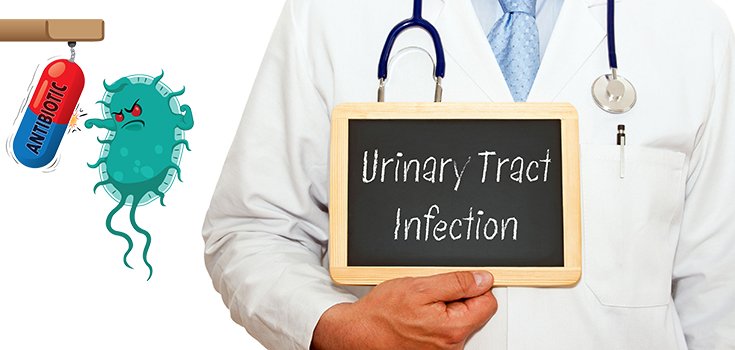Antibiotic-Resistant UTIs are on the Rise – Here’s What You Should Know

A new study shows there has been an alarming rise in antibiotic-resistant urinary tract infections (UTIs) in the United States. What is even more frightening is that doctors might not be able to tell when someone is infected with one of these superbugs, because infected patients in the study had no identifiable risk factors for infection that doctors could identify. [1]
Researchers analyzed data on individuals who had been admitted to the emergency room of a major hospital in Northern California. They found that more than 1,000 patients tested positive for a UTI there from August 2016 to July 2017. Nearly 6% of the infections were found to be caused by antibiotic-resistant bacteria.

Six-percent might not sound like much, but consider this: according to the U.S. Centers for Disease Control and Prevention (CDC), close to 23,000 people die in the U.S. from superbugs every year. The researchers fear the findings point to an upward trajectory of antibiotic-resistance in America.
Read: 6 Natural Solutions for Urinary Tract Infections
Their fear was fueled by the discovery that 44% of the drug-resistant UTIs – the majority of them were E. coli infections resistant to cephalosporin antibiotics – were caught outside of a medical setting. Drug-resistant infections most commonly occur in hospitals and emergency rooms, with the majority occurring in personal care centers. [1] [2]
Lead study author Dr. Bradley Frazee, a critical care specialist at Highland Hospital in Oakland, California, said: [2]
“The rise of drug-resistant infections is worrisome. What’s new is that in many of these resistant urinary tract infections, it may simply be impossible to identify which patients are at risk.”
Frazee said that for this reason, it is “imperative” that experts identify the causes of antibiotic resistance and develop newer, more effective drugs.

Read: Superbugs may be More Widespread than Previously Thought
He added this chilling thought:
“A society without working antibiotics would be like returning to preindustrial times, when a small injury or infection could easily become life-threatening.”
The study is published in the Annals of Emergency Medicine.
Sources:
[1] Bustle
[2] HealthDay
Images Source:
